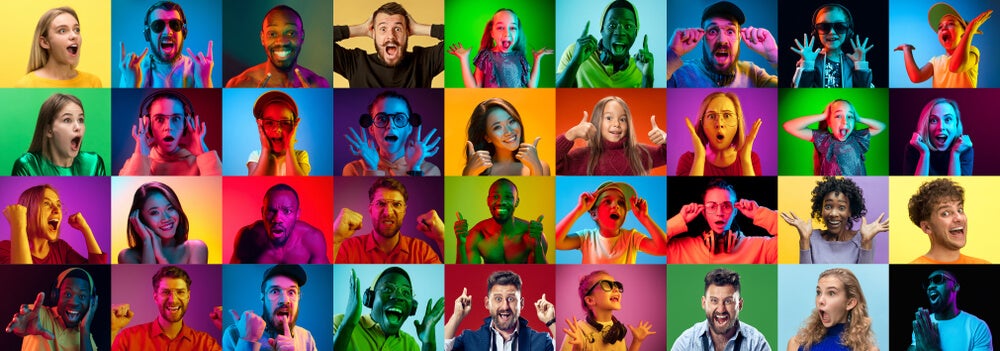Self-regulated learning has a lot to do with how we regulate our emotions, cognitions, behaviors, and certain aspects of context during a learning experience. In addition, we know that, particularly at the school level, before learning processes are developed, the more successful and rewarding the educational experience will be.
Self-regulation skills include good time management, the ability to quickly select the most effective problem-solving strategies, and the ability to actively control emotional states, such as frustration.
- “Learning to self-regulating means thinking at the beginning of the activity.
- Knowing how to think and know how to do it.
- And knowing how to think at the end of the activity.
- ” – Torrano Montalvo and González Torres (2017)?.
Barry Zimmerman, one of the leading researchers in the field of self-regulated learning, says that self-regulation is not a mental ability or an academic performance ability, but a self-directed process by which students transform their mental abilities into academic ones. abilities.
According to Zimmerman, self-regulation of learning involves not only detailed knowledge of a skill, but also self-awareness, self-ification, and behavioral ability to apply this knowledge appropriately.
What’s the matter? Freshmans rely on feedback from others and compare their performance to that of others, often attributing their failure to deficiencies that are impossible to fill, more experienced students, who know how to manage their learning, recognize when they have failed and then focus on how to repair what hasn’t worked.
On the other hand, self-regulation is not a characteristic that some students possess and others do not, but, according to Zimmerman, self-regulation involves the selective use of specific processes that must be personally adapted to each learning task. It’s best to talk about self-regulation in the face of learning or a specific type of learning.
Self-regulated learning consists of setting goals, selecting strategies to achieve these goals, monitoring progress, restructuring whether goals are not met, using time effectively, self-evaluating selected methods, and adapting future methods based on what they have learned in this area. Opportunity.
Although self-regulated learning skills are essential tools for lifelong learning, they are often not explicitly taught, meaning that many students lack independence, motivation, perseverance, and a positive sense of well-being. students need to know in depth the most important mechanisms of self-regulation.
Students go through three main phases to regulate their own learning: planning, execution and reflection, these phases are not necessarily successive and orderly, they can go through several cycles:
Given the importance of self-regulated learning, it is critical that teachers explicitly teach these skills and propose strategies that students can apply when they learn. Part of this teaching process should include:
Investigations (Dignath-van Ewijk, C. et van der Werf, G. (2012)) based on the beliefs and behaviors of teachers related to self-regulated learning have shown that teachers believe in the value of teaching their students self-regulated learning skills Results highlight how teacher training would provide them with tools and knowledge to effectively promote self-regulated learning.
There is a need to develop strategies for teachers on how to teach self-regulated learning skills, including tools, resources, and strategies available for classroom use.

